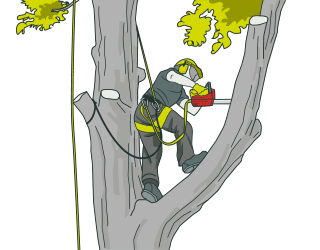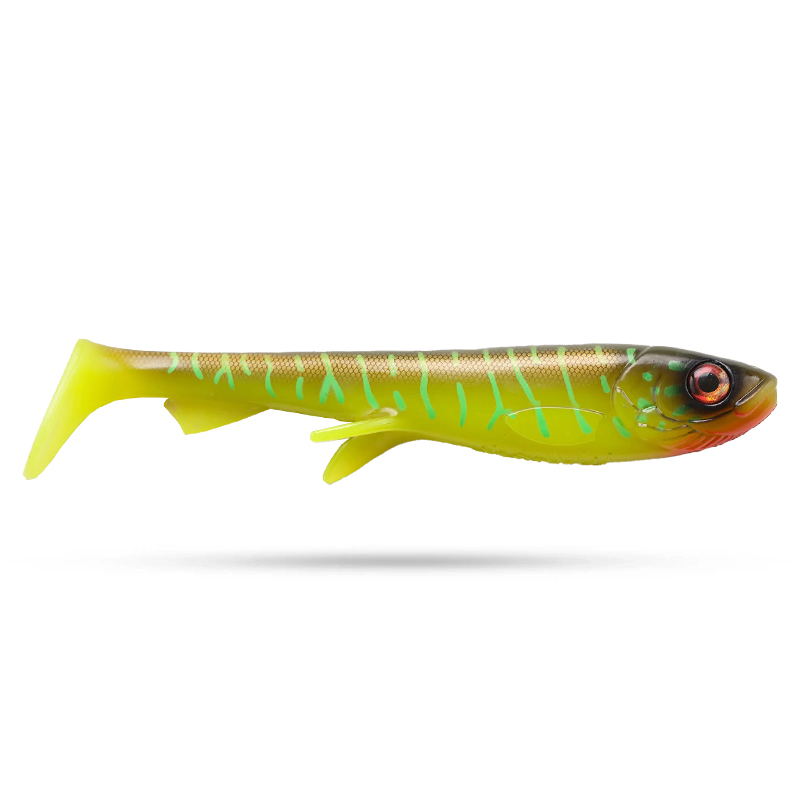Basic Tree Felling This presentation is not intended to make you a professional tree feller. It is intended to make you aware of improper cutting techniques. - ppt download
4.6 (185) In stock

Understanding the Hazards A professional cutter can normally look at a stump of a tree and tell how well the basic cutting rules were followed. It’s like how a crime scene investigator or forensics expert looks at a scene to determine the facts. The same goes with stumps or as the professionals call it, “stump forensics.” In order to look at a stump and tell how well it was cut, you first need to know some of the basic mechanics of tree felling.
Basic Tree Felling This presentation is not intended to make you a professional tree feller. It is intended to make you aware of improper cutting techniques.
This presentation is not intended to make you a professional tree feller. It is intended to make you aware of improper cutting techniques. The presentation does not take into consideration diseased trees, leaning trees or other felling hazards. We highly recommend that you hire a professional cutter or arborist when you need trees removed from your property.
A professional cutter can normally look at a stump of a tree and tell how well the basic cutting rules were followed. It’s like how a crime scene investigator or forensics expert looks at a scene to determine the facts. The same goes with stumps or as the professionals call it, stump forensics. In order to look at a stump and tell how well it was cut, you first need to know some of the basic mechanics of tree felling.
Determine the direction you want the tree to fall. Look for overhead hazards such as dead limbs or tops, loose bark, power lines, etc. Make sure the entire area is clear of falling hazards. Plan and clear your escape route. Check the wind conditions. Wind can cause a tree to fall prematurely or in another direction. Make sure no one else is in the cutting area. Make sure you have all of your required personal protective equipment. (Head, eye, leg and ear protection. Review Presentation on Logger PPE.) Make sure your saw has been inspected and is in good working order.
You should be able to tell after you complete this module.
Undercut. Backcut. Holding Wood or Hinge.
The two cuts meet at the apex of the angle and neither cut bypasses the other. Do not let either cut bypass the apex.
A Dutchman is one of the main causes of cutting injuries and fatalities. Shelf of wood called a Dutchman One of the most common causes of a Barber Chair is a Dutchman. ( Heavy leaner is the other major cause.) The BC standard says a shelf over 38th of an inch is unacceptable.
The straight cut went way past the apex of the angle. The results of this cut will leave a dutchman.
The undercut on this tree was cut too deep and the tree went over backwards.
Another that went over backwards right toward where the cutter was standing!
A Dutchman acts like a splitting wedge
…which causes a Barber Chair
Instead of the tree leaving the front of the stump, part of the tree can come off the back of the stump toward the cutter.
What Barber Chairs look like
No undercut has the same effect as an improper undercut. You have no control over where the tree is going to fall and the tree, more likely than not, will barber chair. Note: Any tree over 6 inches in diameter requires an undercut. What’s the hazard No control at all!
This stump has no undercut. Notice that there is no hinge wood left on the stump. When a tree is cut like this, there is a high potential for a Barber Chair. Remember, a proper undercut is suppose to dictate the direction of fall for the tree.
1/4 to 1/3 tree diameter. Wedges are used to prevent the tree from sitting back on the saw blade. 10% of diameter.
Notice the hinge wood is insufficient and undercut is too deep.
Sloping cuts Tree can slip off the stump and fall in any direction!!
More Than One Mistake… Increases the Odds of Disaster. Where would this tree have fallen Right, you don’t know. It could have fallen in any direction.
A fatality resulted from this improper cut.
Undercut too deep & one side of hinge cut off
This undercut is too deep and the back cut is too low. Notice one side of the hingewood is cut off. This tree did not fall in the intended direction.
But doing it SAFELY means following the correct procedures!
The purpose of the hinge is to provide sufficient wood to hold the tree to the stump during the majority of the tree s fall, and to guide the tree s fall in the intended direction. The position of the hinge will affect the direction of fall. The size of the hinge is important to prevent splitting, fiber pull, barber chairs, and other undesirable and unsafe actions.
The length of the hinge should be 80% of the diameter of the stump. Example: For a 12-inch diameter tree the hinge should be 9.6 inches long (12 inches ×0.8). The width of the hinge should be 10% of the diameter of the tree at stump. Example: For a 12-inch diameter tree the hinge should be 1.2 inches long (12 inches ×0.1). The hinge on a tree with no side lean should be perpendicular to the intended direction of fall.
This is why they call it Hingewood
You can evaluate your own work by just looking at the stump.
You should have a professional fall your trees because they are trained and experienced. However, if you insist on doing it yourself, follow the basic rules and remember, as dumb as they are, stumps don’t lie.

felling of trees

Characteristics Conditions Habitat Native to Wildlife Notes

Golf Course Management - January 2014 by Golf Course Management

/cms/asset/fec9c1b1-1922-4653-bca4-7d

Basic Tree Felling This presentation is not intended to make you a professional tree feller. It is intended to make you aware of improper cutting techniques. - ppt download

WORKING WITH NATURE-BASED SOLUTIONS

Basic Tree Felling This presentation is not intended to make you a professional tree feller. It is intended to make you aware of improper cutting techniques. - ppt download

Basic Tree Felling This presentation is not intended to make you a

Recarbonizing global soils – A technical manual of recommended

Safety and health in arboriculture
How to Fell a Tree The Art of Manliness
Tree Removal: 3 Great Tree Cutting Techniques - Takoma Tree
Tree Pruning Tips: From How to Stay Safe to the Best Techniques
Tree Pruning Purpose, Techniques, and Safety Stock Image - Image
 Petzlifeworld Double House Betta Tank Small Fish Tank for Fighter
Petzlifeworld Double House Betta Tank Small Fish Tank for Fighter Rapala X-Rap Saltwater Subwalk 09 SXRSB09S: X-Rap Saltwater Subwalk 09 Silver
Rapala X-Rap Saltwater Subwalk 09 SXRSB09S: X-Rap Saltwater Subwalk 09 Silver Concours carnassier float tube - Le 28 OCTOBRE 2023 - LA GAULE DU
Concours carnassier float tube - Le 28 OCTOBRE 2023 - LA GAULE DU Fishing Line Stripper Cord Reel Fishing Line Strippers 3.5m/s
Fishing Line Stripper Cord Reel Fishing Line Strippers 3.5m/s Wolfcreek Shad 30cm, 220g
Wolfcreek Shad 30cm, 220g Shimano Fishing Rod & Reel Fx Spinning Combo India
Shimano Fishing Rod & Reel Fx Spinning Combo India